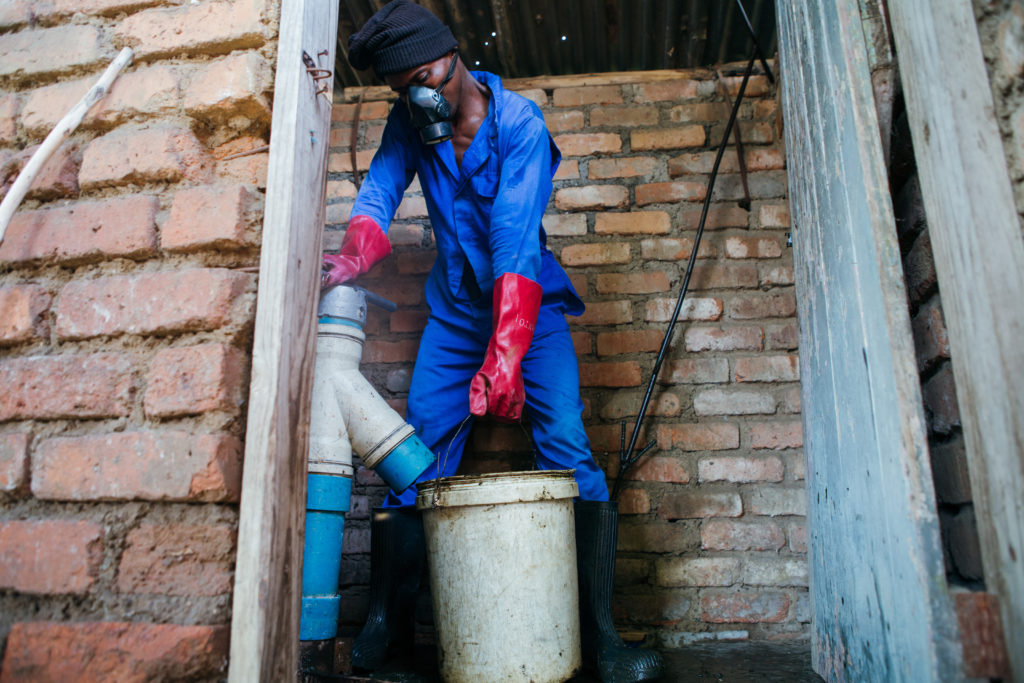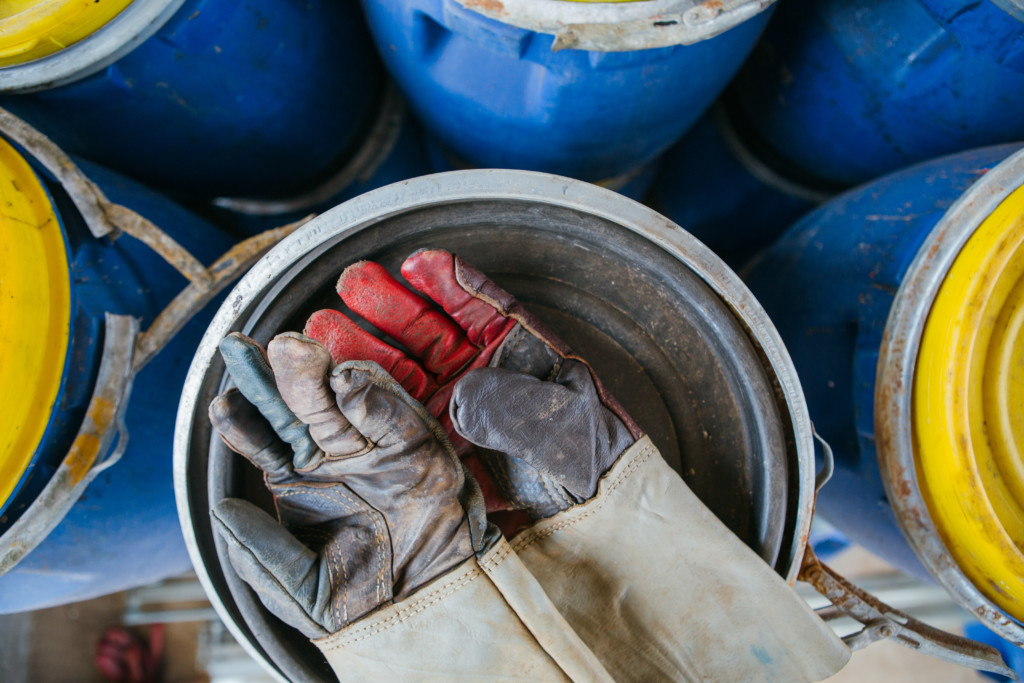By Brian Mulenga, Sanitation Officer, Water For People Malawi
This blog was a finalist in our first Water For People blog competition among all of our colleagues around the globe. Congratulations Brian!
Versión en español aquí.
I am always fascinated at how trained pit latrine emptying service providers have, over time, been accepted as the norm among households, institutions, and regulators in Blantyre, Malawi. It has taken more than nine years to reach this level of acceptance.
Back in 2011, especially in Blantyre’s densely populated low-income areas, those who provided pit latrine emptying services were regarded as being "backwards" or "low-class" entrepreneurs. They were associated with stigma and shame. This was probably linked to the long-practiced method of informal providers referred to as "frogs," who jumped inside the latrine’s pit and scooped the fecal sludge with buckets without any protective gear.

During my career, I have been in the presence of such exercises a thousand times, and the foul smell they produced has stuck with me almost for good! That foul smell is one of the reasons there was a negative perception toward pit emptying businesses.
Then, almost 10 years ago, the "Gulper" was first introduced in Blantyre by my colleague Steve Sugden. This is a simple hand operated pump used by pit emptiers to remove sludge from pit latrines. It’s manufactured from local materials, making it affordable to entrepreneurs and easy to carry around in the densely-populated, low-income areas.
Little did we know that this simple piece of equipment would be a game-changer for pit emptying service provision and become an adored technology with multiple versions.
Over the years, we have developed four versions of the Gulper – each presenting its own unique qualities and providing lessons along the way. While the Gulper 1 must be inserted inside the pit to be emptied and requires the use of buckets to transfer the pumped sludge to receiving barrels, the Gulper 4 can pump from outside the pit and connect to a hose that channels the sludge directly to the barrels. Even though the Gulper 4 is more advanced, the Gulper 1 is more lightweight and easier to carry and assemble.
Interestingly, I have observed that pit emptiers prefer the specific version of the Gulper that they were first introduced to, and never go on to switch to later versions. In all cases, pit emptiers have remained faithful to the version they first tried when they started their business.
Additionally, the Blantyre City Council has officially noted and accepted the important role that Gulper pit emptiers play in complementing their efforts in the safe management of fecal sludge in the city.
One thing I am sure of is that every version of the Gulper brings us closer to ensuring that there are minimal public and personal health risks in Blantyre caused by sludge spillage during the emptying process. The Gulper will evolve again… for the better!

